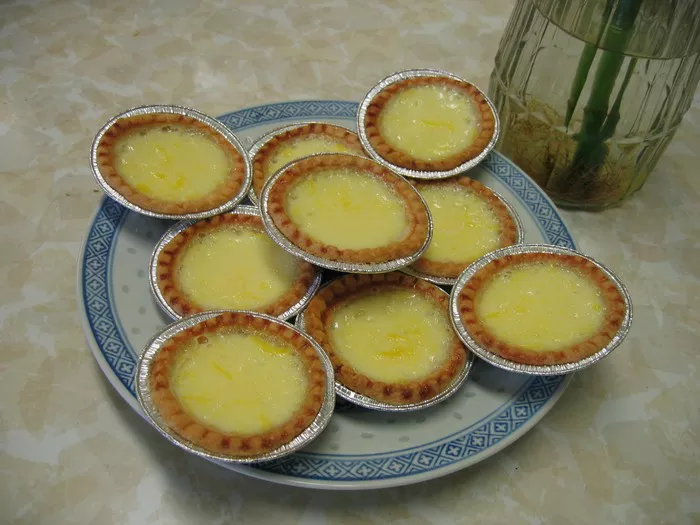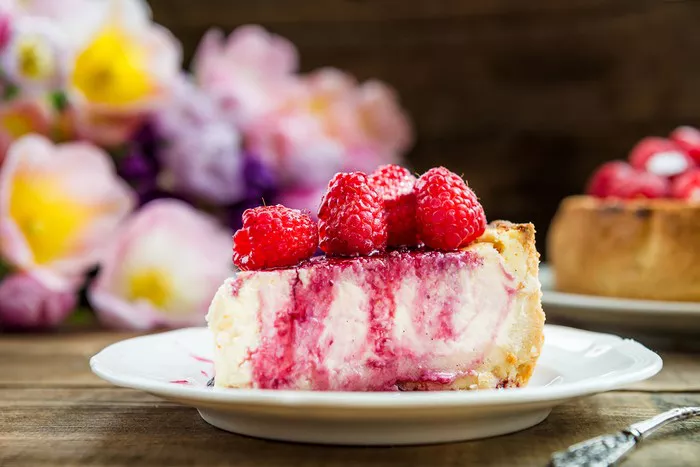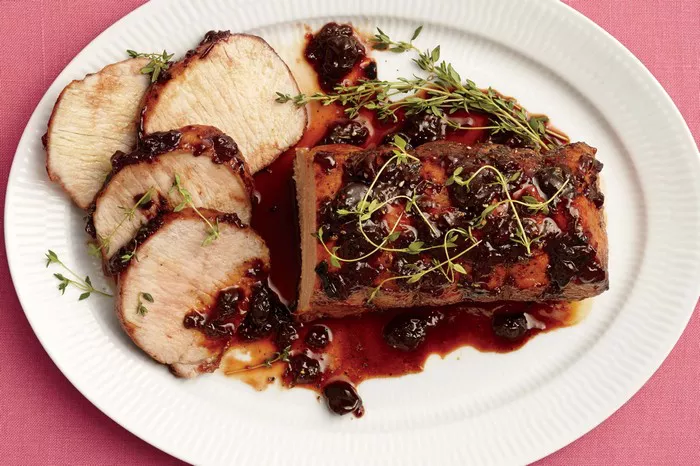Caramel custard, also known as crème caramel or flan, is a timeless and indulgent dessert that has captured the hearts of dessert lovers around the world. With its velvety smooth texture, luscious caramel sauce, and delicate flavors, caramel custard is a culinary masterpiece that tantalizes the taste buds and satisfies the sweetest of cravings. In this article, we dive into the delicious world of caramel custard, exploring its origins, ingredients, preparation methods, and the delightful variations that make it a beloved dessert across cultures.
Origins of Caramel Custard
Caramel custard’s origins can be traced back to Europe, particularly France and Spain, where it was commonly known as crème caramel. However, variations of this delectable dessert can be found in many cultures around the world. Its popularity spread through colonization and trade routes, adapting to local culinary traditions and flavors.
Key Ingredients of Caramel Custard
Caramel custard is a harmonious blend of simple yet essential ingredients that work together to create its signature taste and texture. Let’s take a closer look at the key components:
Custard Base: The custard base is the heart of caramel custard. It is typically made with a combination of eggs, milk, sugar, and vanilla essence. The eggs provide richness and stability to the custard, while the milk contributes to its smooth and creamy consistency. The sugar adds sweetness and helps in caramelization.
Caramel Sauce: Caramel sauce is a crucial element that sets caramel custard apart. It is made by heating sugar until it melts and turns into a golden-brown liquid. The caramel is then poured into the bottom of the baking dish or individual ramekins before adding the custard mixture. During the baking process, the caramel sauce forms a delicious syrup that adds depth, sweetness, and a hint of bitterness to the dessert.
Flavorings: While vanilla is the most commonly used flavoring in caramel custard, variations can incorporate other ingredients such as citrus zest, spices like cinnamon or nutmeg, or even liqueurs like rum or brandy. These flavorings add a delightful twist to the classic dessert, infusing it with unique and enticing aromas.
Preparing Caramel Custard
The preparation of caramel custard requires a delicate balance of techniques and attention to detail. Let’s explore the step-by-step process:
Caramelization: To create the caramel sauce, granulated sugar is heated in a saucepan until it melts and transforms into a golden caramel. This liquid caramel is then poured into the baking dish or ramekins and swirled to coat the bottom evenly. The caramel sets and forms a luscious syrup as it cools.
Custard Mixture: The custard mixture is prepared by whisking together eggs, milk, sugar, and vanilla essence until well combined. The mixture should have a smooth and uniform consistency.
Baking in a Water Bath: The custard mixture is gently poured over the caramel in the baking dish or individual ramekins. The dish is then placed in a larger baking pan filled with hot water, creating a water bath. This technique ensures gentle and even heat distribution, preventing the custard from curdling and promoting a creamy texture.
Baking and Chilling: The caramel custard is baked in the water bath until it is set but still slightly jiggly in the center. Once baked, it is removed from the oven and allowed to cool to room temperature before being refrigerated for several hours or overnight. This chilling period allows the custard to firm up and develop its velvety texture.
Variations and Creative Twists
Caramel custard’s versatility lends itself to a myriad of creative variations, both in flavor profiles and presentation. Here are some delightful twists on the classic dessert:
Chocolate Caramel Custard: Adding cocoa powder or melted chocolate to the custard base creates a heavenly chocolate-infused version of caramel custard, perfect for chocolate lovers.
Fruit-infused Custard: By incorporating fruit purees or extracts, such as mango, strawberry, or citrus, into the custard mixture, one can elevate the dessert with refreshing and vibrant flavors.
Savory Flan: Departing from the traditional sweet version, savory flans with ingredients like cheese, vegetables, or seafood provide a unique and unexpected twist on the caramel custard concept.
Individual Portions and Presentations: Serving caramel custard in individual ramekins or molding it into elegant shapes not only adds visual appeal but also allows for portion control and personalization.
Global Variations: Across different cultures, caramel custard has inspired a range of interpretations. From leche flan in the Philippines, which uses condensed milk for a richer texture, to Brazilian pudim with a touch of grated coconut, each variation brings its own cultural essence to this beloved dessert.
Conclusion
Caramel custard, with its silky smooth texture, rich flavors, and enticing caramelization, has secured its place as a timeless dessert loved by many. Whether enjoyed in its classic form or with creative variations, caramel custard delights the palate and brings joy to those who savor its indulgent taste. So, treat yourself to this delectable dessert and experience the symphony of flavors that make caramel custard an irresistible delight for all dessert enthusiasts.























